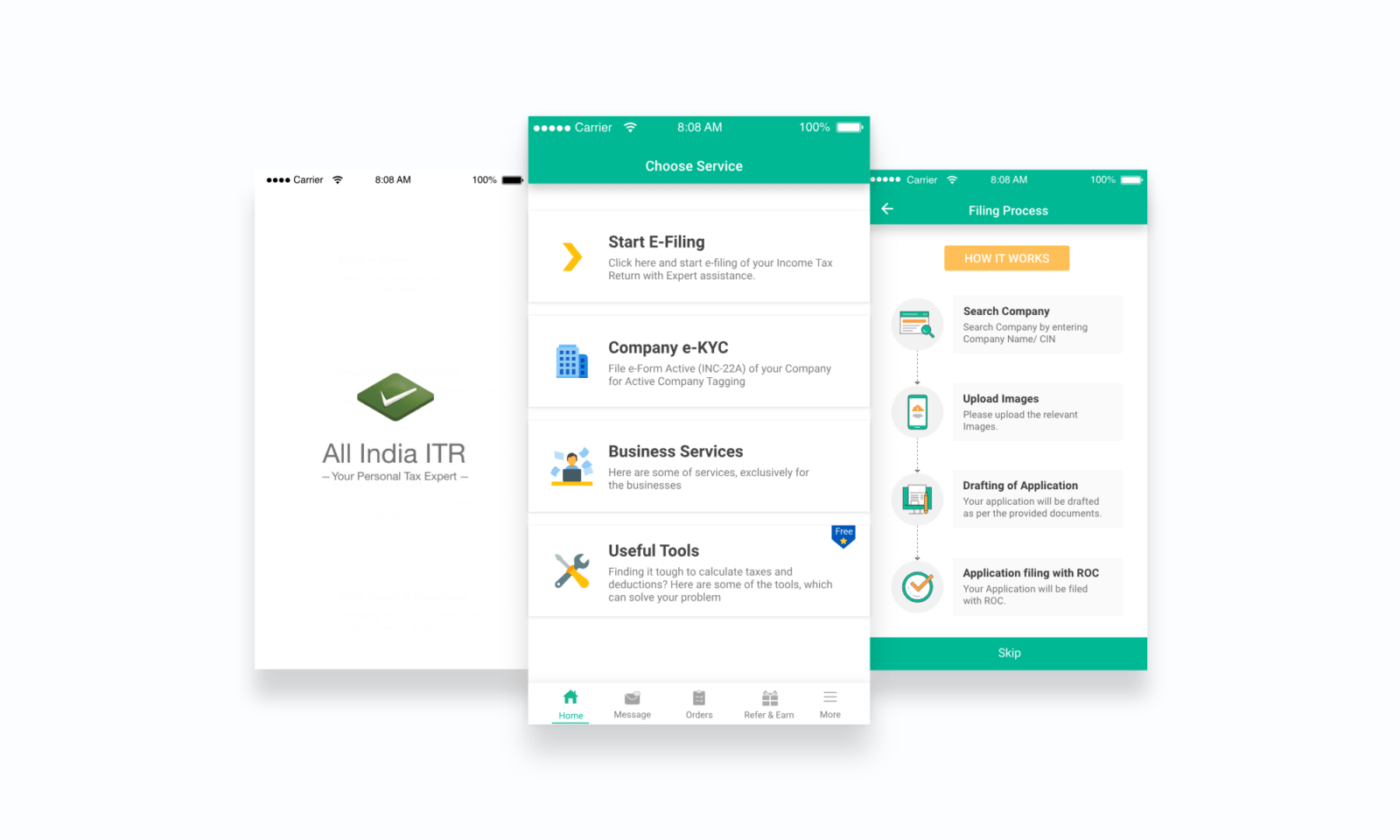Diabetes and hypertension (high blood pressure) often go hand in hand. Many people with diabetes also suffer from hypertension, and having both conditions together can make each one worse. High blood pressure often has no signs or symptoms, so many individuals are unaware they have it.
At least 1 in 3 patients with diabetes also have hypertension. When both conditions coexist, the effects of one tend to worsen the other. This is largely because they share similar risk factors—such as being overweight, consuming an unhealthy diet, and leading an inactive lifestyle. About 25% of people with Type 1 diabetes and 80% of people with Type 2 diabetes also have high blood pressure.
Increased Health Risks
Having diabetes raises the risk of heart disease, stroke, kidney disease, and other complications. When high blood pressure is added to the equation, this risk increases significantly.
Prevalence in India
The Noncommunicable Diseases Risk Factor Collaboration (NCD-RisC) estimates that between 1980 and 2014, age-standardized prevalence rates in India increased as follows:
Among men: diabetes from 3.7% to 9.1%; hypertension from 24.5% to 26.6%
Among women: diabetes from 4.6% to 8.3%; hypertension from 22.7% to 24.7%
These trends are expected to continue due to the country’s aging and urbanizing population, along with improved living standards—which often bring higher rates of obesity and cardiovascular risk factors.
According to a 2018 study published in the Journal of the American Medical Association (JAMA):
The diabetes rate in India is over 6%
About 25% of the population has high blood pressure
Prevalence among women: diabetes 6.1%, hypertension 20%
Prevalence among men: diabetes 6.5%, hypertension 24.5%
The study also noted that young adults (18–25 years) had a surprisingly high hypertension rate—12.1%—which is higher than WHO estimates for India or any other global region.
Factors Affecting Prevalence
The prevalence of high blood pressure in people with diabetes depends on several factors, including:
Type and duration of diabetes
Age and sex
Body Mass Index (BMI)
History of glycemic control
Presence of kidney disease
Recommended Blood Pressure Goals
For most patients with diabetes and hypertension:
Systolic blood pressure should be <140 mmHg
Diastolic blood pressure should be <90 mmHg
For those with:
Systolic BP >120 mmHg or Diastolic BP >80 mmHg, lifestyle changes are recommended. These include:
Weight loss (if overweight or obese)
Following a DASH-style diet (low sodium, high potassium, more fruits and vegetables)
Reducing alcohol intake
Increasing physical activity
Monitoring and Management
Blood pressure should be measured during every routine follow-up visit with a doctor.
All hypertensive patients with diabetes should also monitor blood pressure at home to detect white-coat hypertension (elevated readings in clinical settings only).
Lifestyle is Key
Healthy lifestyle habits are the most effective way to reduce high blood pressure and maintain normal blood sugar levels. These include:
Regular physical activity
A low-fat, low-sodium diet
Medication, if necessary, for blood pressure control.


.jpg)